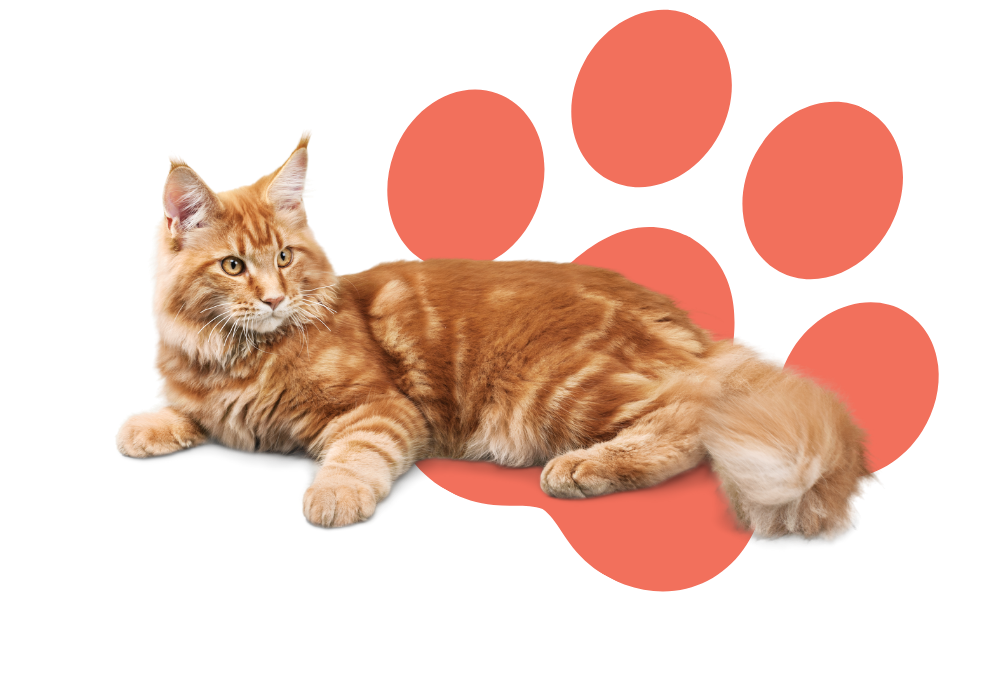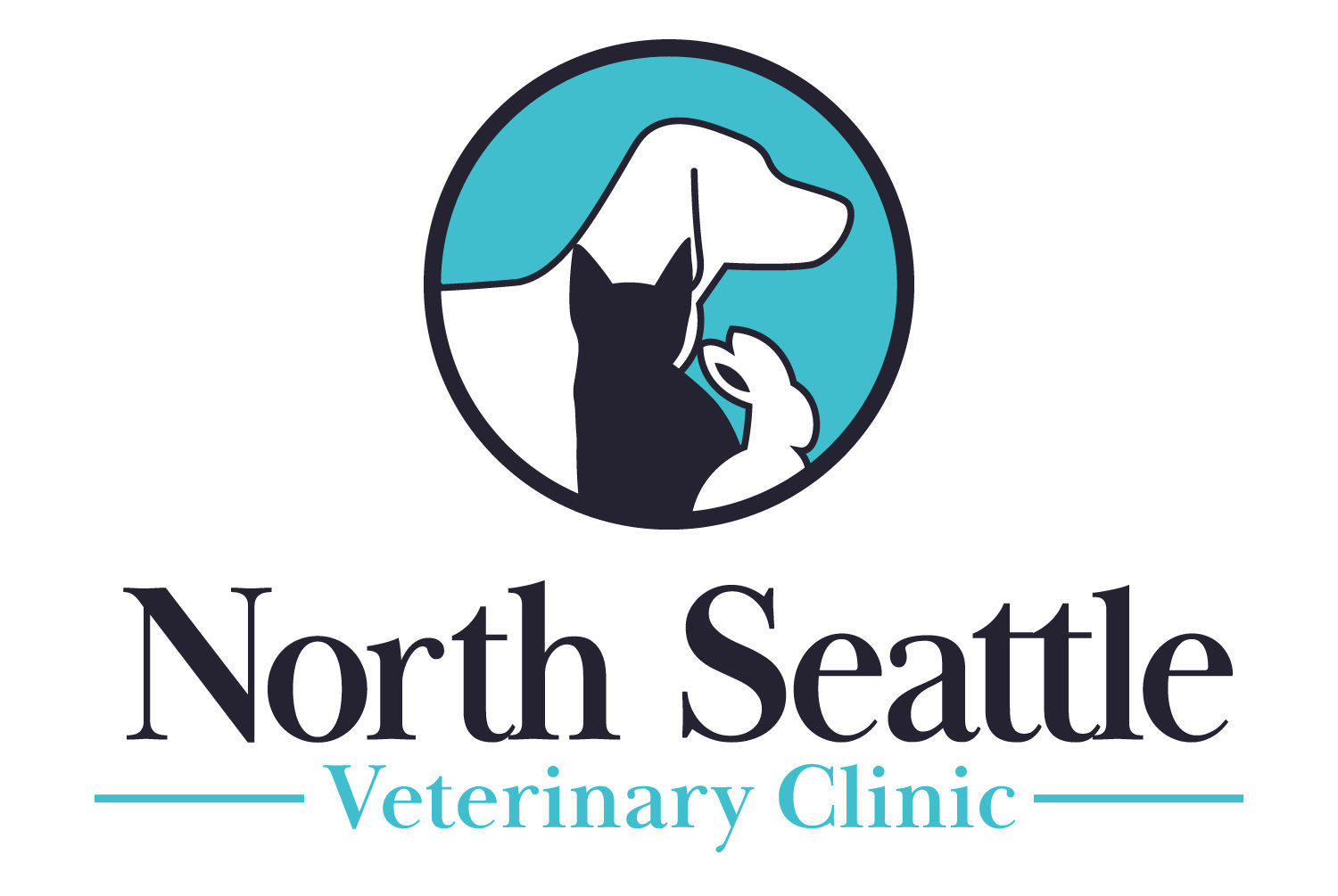Home Dental Care for Your Cat

Periodontal Disease
Diseases of the teeth and gums are common in cats. Studies report that between 50-90% of cats older than four years of age suffer from some form of dental disease, but fortunately the most common forms of these diseases are largely preventable or treatable with appropriate preventive dental care and monitoring. Dental disease in cats can cause serious pain and discomfort, which can impact a cat’s quality of life. Because cats’ natural behavior is to hide pain, often other than perhaps bad breath, there may be few obvious signs that indicate periodontal disease is present. As a result, it is often under treated. Home dental care and regular checkups and professional cleanings can make a big difference in your cat’s comfort and health. Anything you can do to prevent plaque and tartar accumulation on a regular basis can greatly benefit your cat’s general health and longevity.
Brushing You Cat’s Teeth
Brushing is the single most effective means to maintain dental health between professional cleanings. To be effective, brushing needs to be performed several times each week. Of course, daily brushing is best. A gradual approach is needed to get a cat to accept brushing. It may require 1-2 months to get your feline friend used to the procedure. You will need pet-safe toothpaste and a finger brush or child’s toothbrush. Start with a brief massage of the teeth at the gumline from outside the mouth for 30 seconds a day when your cat is relaxed. After a week or so, slip your finger under the lip to massage the gums briefly (30 seconds). Progress to having your cat lick the toothpaste off of the brush. Gradually place the brush in your cat’s mouth and add the brushing motion to just the front teeth. Slowly work to incorporate the other teeth or several weeks. You only need to brush the outer surfaces of the teeth.
Other Home Dental Treatments
Chlorhexidine and Biotrate are effective anti plaque ingredients. They come in rinses, gels, toothpastes and water additives. The rinse is applied by squirting a small amount inside the cheek pocket on each side of the mouth. The gel is applied onto the outer surfaces of the teeth. Pastes are used for brushing teeth and water additives can be used in both cat and dog’s regular water bowls or fountains. Some cats may object to the taste of some products, while others accept it with no difficulty. Several dental-specific diets have also been shown to be of benefit in reducing the accumulation of plaque and tartar on cats either by the design of the kibble or an anti-tartar polyphosphate ingredient.
Oravet barrier sealant is a waxy material that can be applied to the teeth at the time of a dental cleaning to prevent plaque and tartar formation. It is followed by at-home applications on weekly basis to continue the protection.
Some dental care products we recommend at North Seattle Veterinary Clinic include:
● Hill’s T/D dental diet
● Oravet Barrier Sealant Gel
● CET toothpaste and brushes
● Entero Probiotic (promotes healthy oral and intestinal flora)
● Vetradent Water Additive
● Maxi/Guard Oral Cleansing Wipes
Other cat oral health considerations As well as periodontal disease, there are two oral medical conditions unique to cats. The first is a resorptive lesion. This lesion appears as an area along the gumline where the enamel is eroding, exposing the underlying dentin. Dentin is extremely sensitive and these lesions can be very painful. Treatment involves extracting the affected tooth or teeth. The second problem is stomatitis. Stomatitis is severe inflammation or ulceration of the oral tissues most often in the back of the mouth or around the rear teeth. It can be very painful causing foul breath, difficulty eating and drooling. Sometimes extraction of all the teeth in the cat’s mouth is necessary to cure this disease. More information on cat dental care can be found at: Cornell Feline Health Center , American Veterinary Dental College (AVDC), Cat Friendly Homes and AVMA

